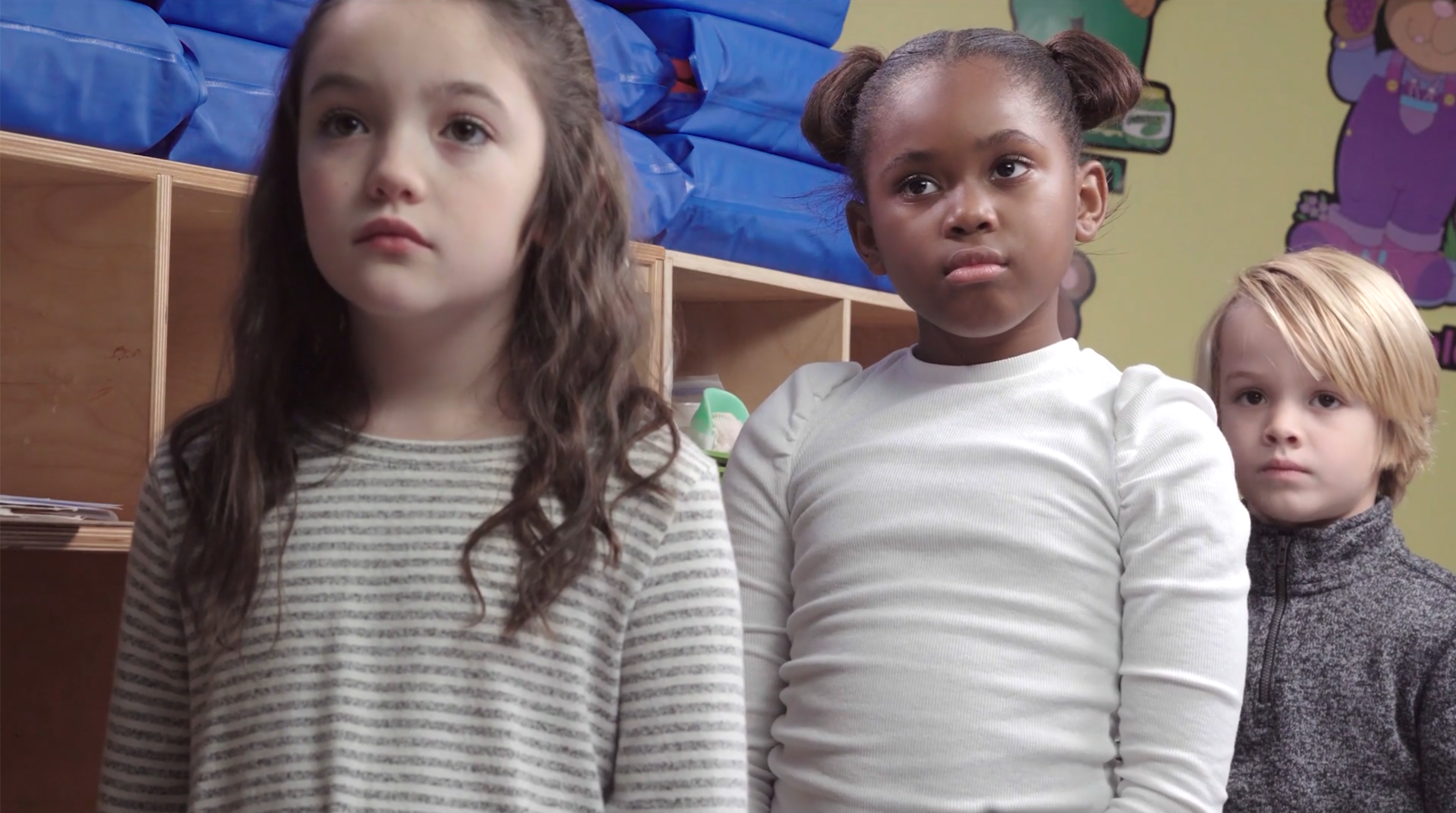
Introduction
As educators, one of our crucial responsibilities is to teach students essential social-emotional skills that will help them navigate their daily lives. One such skill is lining up, which might seem like a simple task, but it requires students to respect others, follow instructions, and maintain self-control. In this blog post, we will introduce an easy-to-implement activity that requires no preparation, discuss related skills, and offer resources for further exploration.
No-Prep Activity
This activity, called “The Line-Up Game,” will help students practice lining up while promoting cooperation and communication. Here’s how it works:
- Ask students to stand up and form a line without any specific order.
- Explain that you will call out a characteristic (e.g., height, shoe size, birth month) and students must rearrange themselves in line according to the characteristic without speaking.
- Once students have lined up, ask them to verify if they are in the correct order. If not, encourage them to rearrange themselves without talking.
- Repeat the process with different characteristics, allowing students to practice lining up and cooperating without relying on verbal communication.
This activity helps students develop patience, cooperation, and non-verbal communication skills, all of which are essential in forming an orderly line and respecting their peers.
Discussion Questions
Use these questions to stimulate further conversation about the importance of lining up and respecting others:
- Why is it important to line up properly and respect others in the process?
- How do you feel when someone pushes or cuts in line? How do you think others feel when this happens?
- What strategies can you use to maintain self-control and patience while waiting in line?
- How can you help create a positive and respectful environment when lining up with your peers?
- What other situations in school or daily life require similar skills to lining up?
Related Skills
Teaching students to line up and respect others is just one aspect of their social-emotional development. Other related skills that educators should consider fostering include:
- Active listening: Encourage students to pay attention to their peers and teachers, showing respect and understanding.
- Empathy: Help students develop the ability to understand and share the feelings of others, fostering a supportive environment.
- Conflict resolution: Teach students how to address disagreements in a respectful and constructive manner.
- Self-regulation: Encourage students to manage their emotions and behavior, particularly in challenging situations like waiting in line.
Next Steps
Now that you have a better understanding of the importance of teaching students how to line up and respect others, we encourage you to explore more resources to support their social-emotional development. Access free samples of skill-building materials and other resources by signing up at Everyday Speech. By incorporating these materials into your teaching, you can help students develop essential skills that will serve them well throughout their lives.





